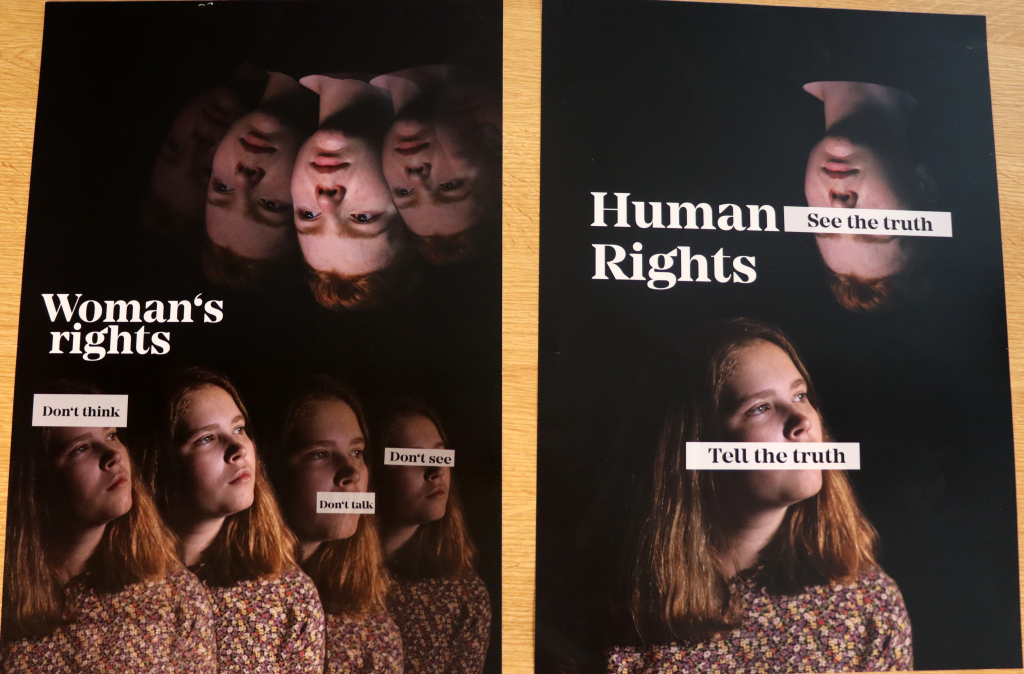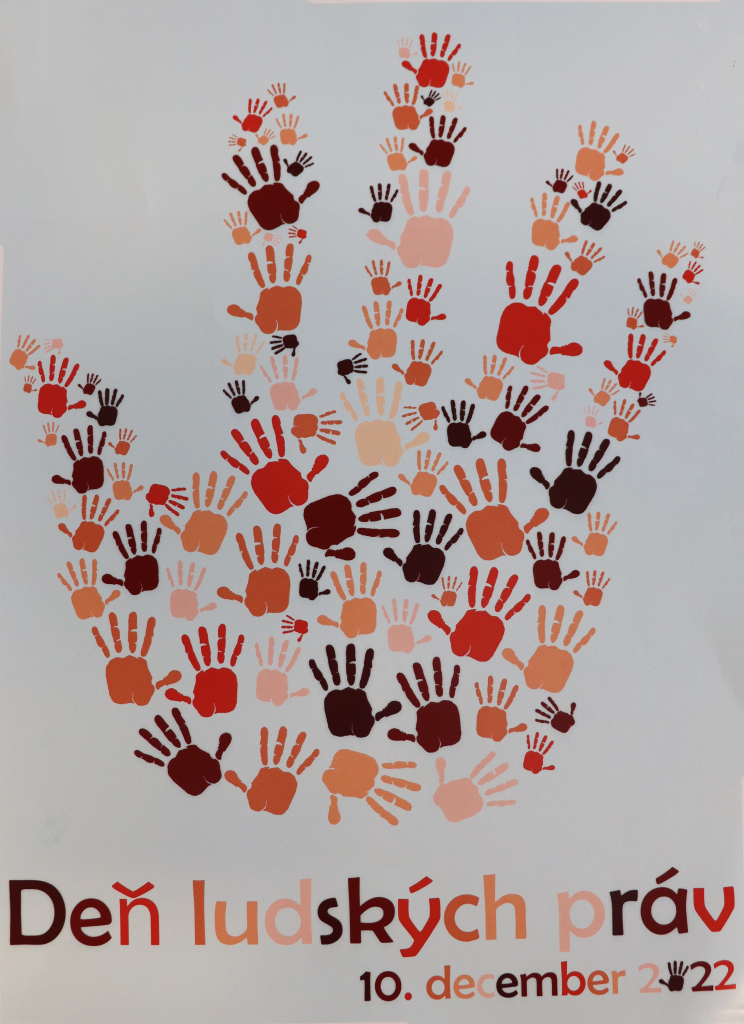The fight against corruption is essential for maintaining the rule of law and preserving citizens’ trust in public institutions. This area focuses on the evaluation given by the selected international mechanism as well as evaluation based on the objective indicators focusing on the existence of national action essential to tackle corruption, anti-corruption legislation and policies, the capacity of the criminal justice system to prevent and fight corruption, statistical data, and the measures set up by the state authorities to prevent corruption.
Description of the tool and evaluation mechanism:
The Transparency International Corruption Perceptions Index measures the perceived levels of public sector corruption in 180 countries/territories around the world, including Slovakia, according to experts and business people. The countries are then ranked and given a score out of 100. A country’s score is the perceived level of public sector corruption on a scale of 0-100, where 0 means highly corrupt and 100 means very clean. CPI includes a global average as well.
A country’s rank is its position relative to the other countries in the index. Ranks can change merely if the number of countries included in the index changes. As regard the score, the lower the score, the higher the level of perceived corruption, with 0 meaning highly corrupt and 100 very clean.
Description of sources and data sets:
The sources and surveys which make up the CPI ask their respondents questions which are based on carefully designed and calibrated questionnaires. The CPI is calculated using 13 different independent data sources from 12 different institutions specializing in governance and business climate analysis (in the 2021 CPI, these include for instance the African Development Bank Country Policy and Institutional Assessment 2020; Freedom House Nations in Transit 2021; Global Insight Country Risk Ratings 2020) which capture the assessment of experts and business executives on a number of corrupt behaviours in the public sector.
CPI source data captures the following aspects of corruption, based on the specific question wording used to collect the data: bribery, diversion of public funds, prevalence of officials using public office for private gain without facing consequences, ability of governments to contain corruption and enforce effective integrity mechanisms in the public sector, red tape and excessive bureaucratic burden which may increase opportunities for corruption, meritocratic versus nepotistic appointments in the civil service, effective criminal prosecution for corrupt officials, adequate laws on financial disclosure and conflict of interest prevention for public officials, legal protection for whistleblowers, journalists, investigators when they are reporting cases of bribery and corruption, state capture by narrow vested interests, access of civil society to information on public affairs.




















 ZŠ Rakovce nad Ondavou
ZŠ Rakovce nad Ondavou
 Špeciálna základná škola pre žiakov s telesným postihnutím, Dolný Kubín
Špeciálna základná škola pre žiakov s telesným postihnutím, Dolný Kubín




































